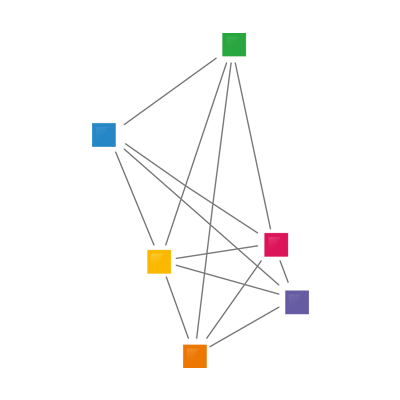Innovative solution for smart cities
4 Apr 2019 15:15h - 15:45h
Event report
[Read more session reports and live updates from the 2nd Western Balkan Digital Summit]
Mr Erion Veliaj (Mayor of Tirana, Albania) opened his remarks with a joke emphaising the difference between strategic vision and project implementation. He said that creating a smart city is not necessarily about adding new devices, but also integrating smart ideas and strategy into city planning. In the case of Tirana, they faced significant problems when the city’s size swelled from 250,000 before the fall of communism to more than 1 million. The change brought new challenges to infrastructure, health, and governance, especially as it relates to the increase in the number of cars. Veliaj stressed that research has shown that 30% of family’s income goes to buying, maintaining, and upkeeping their cars. As a result, he said they needed to find new urban planning solutions to create new public spaces for families to enjoy while also reducing the number of cars. Smart city technology has been integral to creating a better urban center within Tirana, according to Veliaj, especially in the case of providing new, innovative solutions for transportation such as cycling. He also highlighted the My Tirana application, which integrates multiple streams of information and reports from citizens to improve city infrastructure and address problems in the city, such as pot holes in streets, burned-out streetlights, or downed trees. In addition to the application, he shared additional stories of innovative solutions to common problems faced by residents in Tirana that range from paying for parking through the phone, to creating kiosks where citizens can obtain government documents.
Mr Dragomir Petronijević (President of the Council for Employment of the City of Belgrade) gave a brief presentation about the various smart city solutions that the City of Belgrade is implementing to address problems facing residents in the city, which range from parking and traffic, to education and waste management. Some examples he offered included installing remote sensors to help monitor open parking spaces, and creating new smart energy light systems that utilize LED technology.
By Michael J. Oghia
Related topics
Related event

